15 Times the Wrong Person Took Credit for a Revolutionary Idea
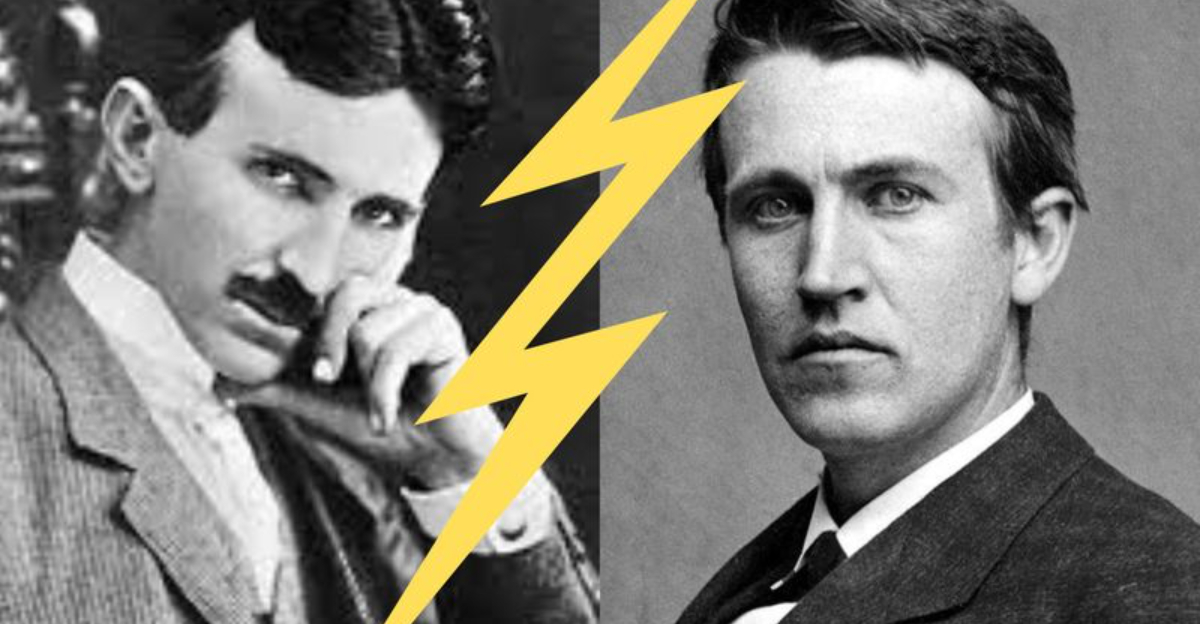
History books often crown the wrong heroes. Behind many world-changing discoveries and inventions lies a forgotten genius whose contribution was overshadowed, dismissed, or outright stolen.
From scientific breakthroughs to artistic masterpieces, the pattern repeats: fame and recognition flowing to someone other than the true innovator.
Let’s uncover these historical injustices and give credit where it’s truly due.
1. Einstein Wasn’t First With E=mc²
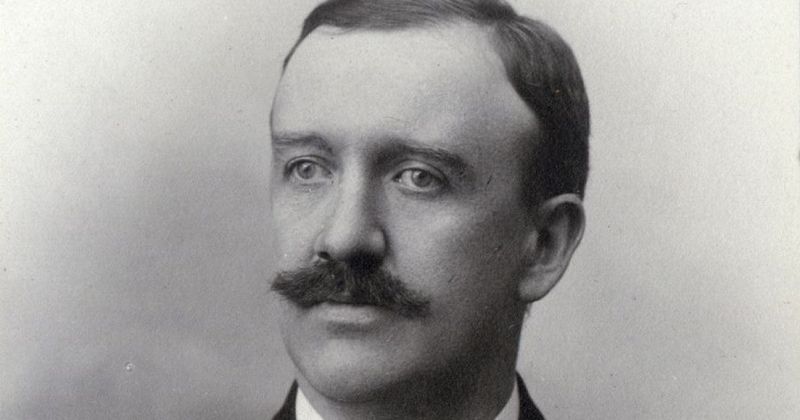
Austrian physicist Friedrich Hasenöhrl published an early mass-energy relation a year before Einstein’s famous 1905 paper. Hasenöhrl’s calculations came remarkably close to Einstein’s iconic equation, yet his contribution remains largely unknown.
The scientific community gradually shifted all credit to Einstein, whose comprehensive theory of relativity incorporated the formula into a broader framework. Hasenöhrl’s early passing in World War I further diminished his chance to defend his scientific legacy.
2. Rosalind Franklin’s DNA Discovery Snatched
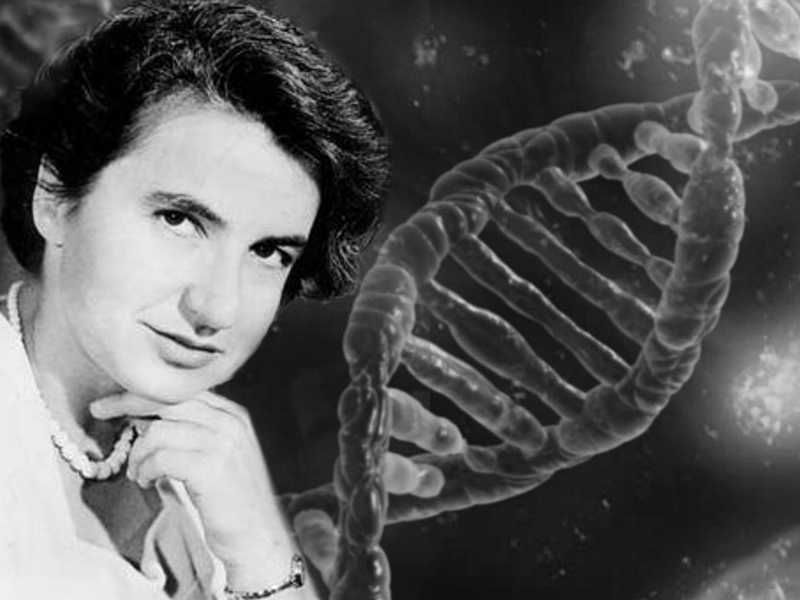
While James Watson and Francis Crick won the Nobel for DNA’s structure, Rosalind Franklin’s X-ray crystallography, including her pivotal “Photo 51,” provided the critical evidence.
A colleague shared her data without consent, fueling one of science’s most infamous credit disputes. Franklin passed away at 37, unaware of her foundational role in this landmark discovery.
3. Edison Outshined Tesla’s Alternating Current
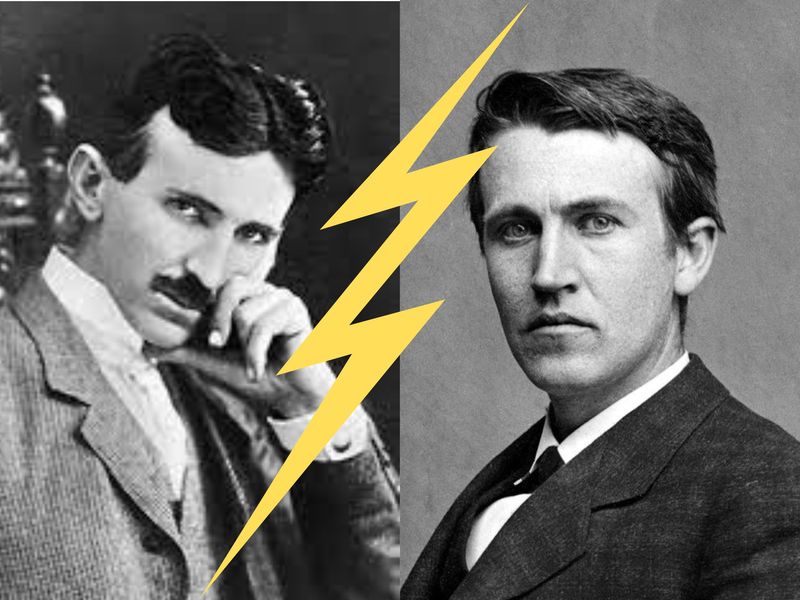
Alternating current (AC), pioneered by Nikola Tesla, transformed electricity distribution, despite Thomas Edison’s smear campaign against it. Edison’s tactics, including public stunts, aimed to discredit Tesla’s system.
Yet Tesla’s innovation enabled long-distance power, shaping our electrical grid, while he faded into obscurity, unlike the celebrated Edison.
4. The Real Father of Television: Philo Farnsworth
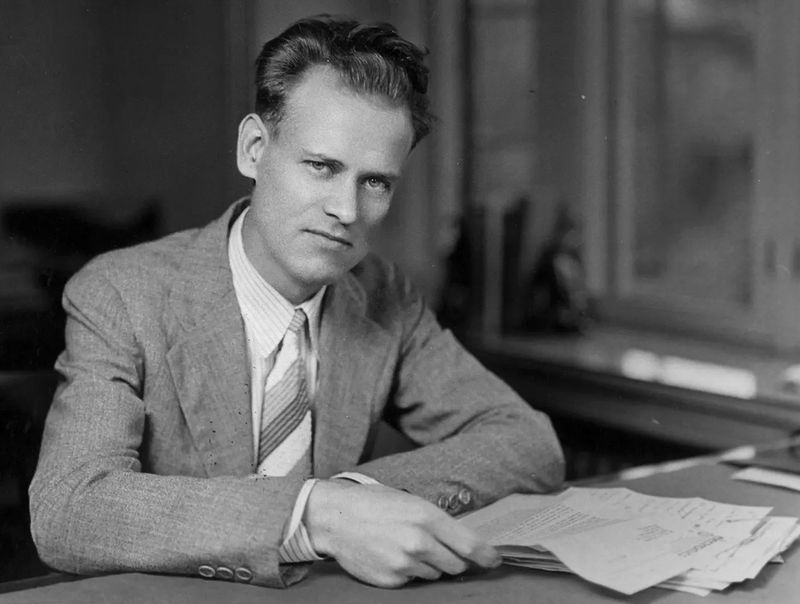
Ever heard of Philo Farnsworth? Probably not, yet this farm boy from Idaho invented electronic television at age 21. RCA’s David Sarnoff spent years trying to steal Farnsworth’s patents while promoting his employee Vladimir Zworykin as television’s inventor.
Farnsworth conceived his revolutionary idea while plowing fields as a teenager, noting how electrons could scan an image line by line like a farmer plows a field. Despite winning patent battles, corporate powers ensured Zworykin and RCA received most historical credit.
5. Lise Meitner: Nuclear Fission’s Forgotten Genius
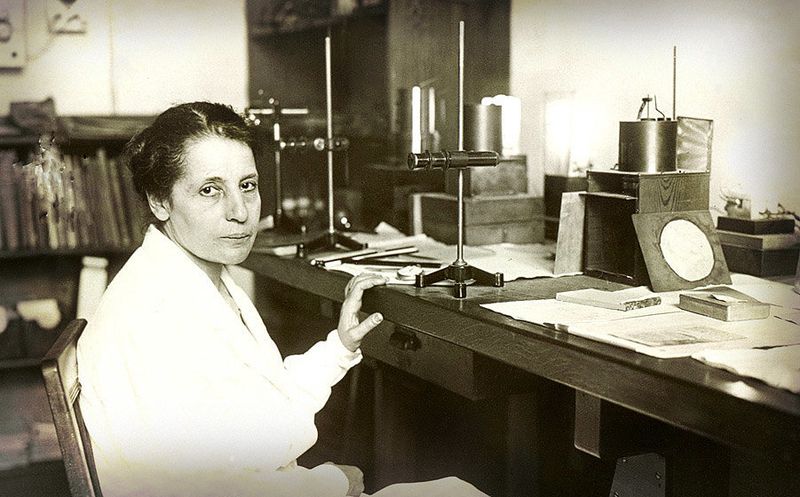
Otto Hahn claimed the 1944 Nobel Prize for discovering nuclear fission, but his longtime collaborator Lise Meitner actually provided the theoretical breakthrough. As a Jewish woman in Nazi Germany, Meitner fled to Sweden while Hahn stayed behind continuing their work.
From exile, she correctly interpreted Hahn’s experimental results, explaining the physics behind nuclear fission in a groundbreaking paper. Despite this crucial contribution, the Nobel committee recognized only Hahn, creating one of history’s most glaring scientific injustices.
6. Bell Stole the Telephone from Antonio Meucci
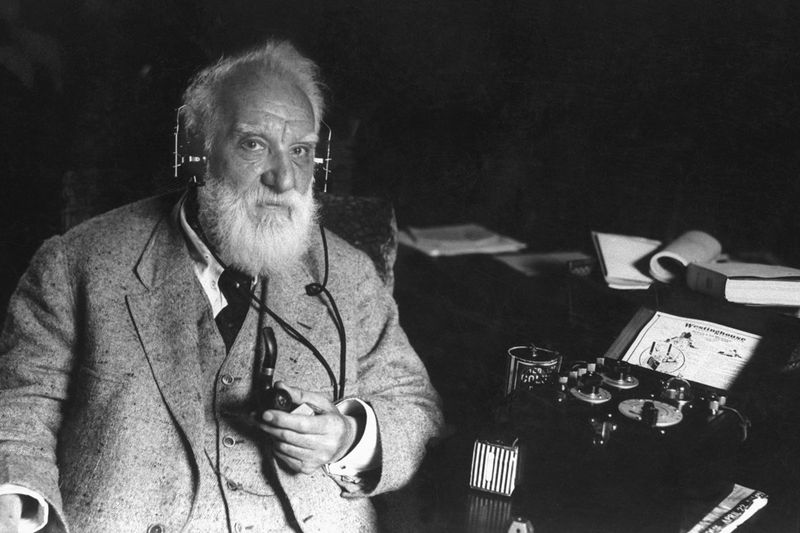
Struggling financially, Italian immigrant Antonio Meucci created a “telettrofono” years before Alexander Graham Bell’s 1876 patent.
Congress acknowledged Meucci’s precedence in 2002, long after he passed in poverty. Bell’s fame overshadowed Meucci’s earlier, uncelebrated invention.
7. Vera Rubin Discovered Dark Matter, Men Got Famous
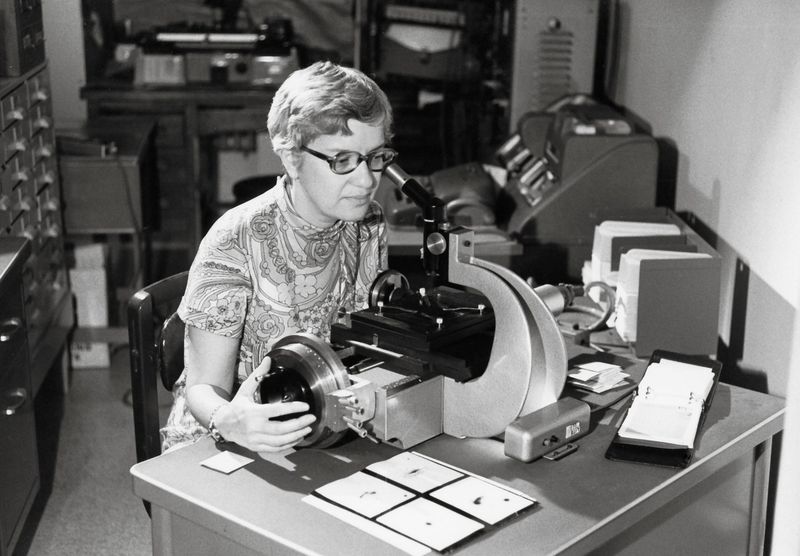
In the 1970s, Vera Rubin’s galaxy rotation studies revealed dark matter’s existence, defying male colleagues’ initial skepticism. Her findings reshaped cosmology, yet she never won a Nobel.
Male physicists later gained prominence building on her groundbreaking data, leaving Rubin underrecognized.
8. Ada Lovelace: The First Programmer Before Computers Existed
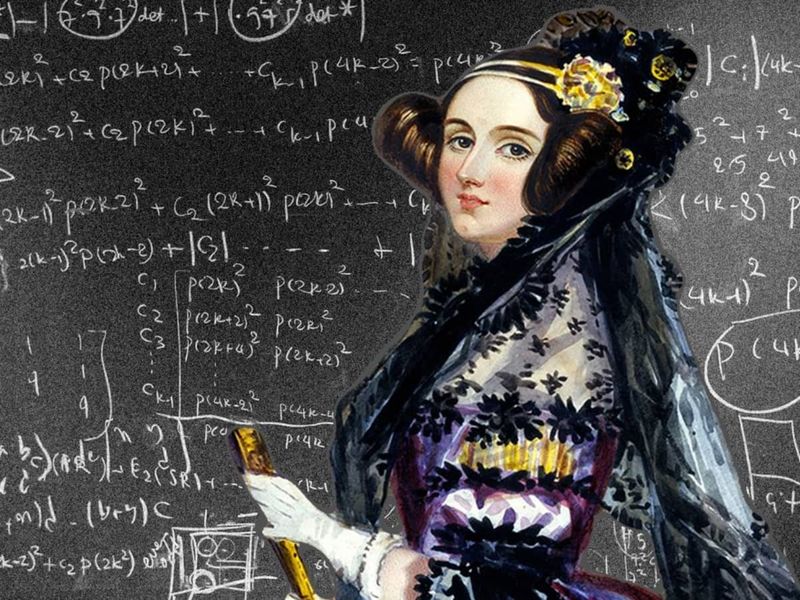
Charles Babbage designed an early computer, but Ada Lovelace wrote the first program in the 1840s for his Analytical Engine.
Her algorithm and foresight about computers’ potential, like composing music, went ignored for a century until Alan Turing revived her legacy in the 1950s.
9. Jocelyn Bell Burnell’s Pulsar Discovery Rewarded Her Supervisor
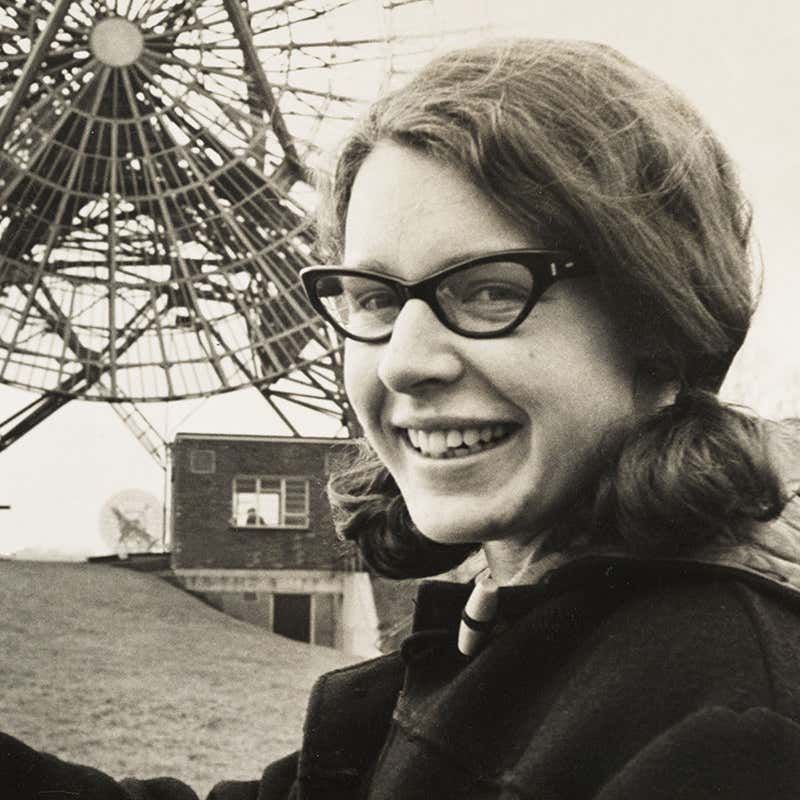
Graduate student Jocelyn Bell Burnell identified the first radio pulsars in 1967, meticulously analyzing miles of data that everyone else overlooked. Her supervisor Antony Hewish and radio astronomer Martin Ryle received the 1974 Nobel Prize for this revolutionary discovery.
Bell Burnell was completely excluded from the award despite doing the actual detection work. With remarkable grace, she never publicly complained about this snub.
The astronomical community has since acknowledged this injustice, though the Nobel committee never corrected their mistake.
10. Margaret Keane’s Husband Claimed Her Big-Eyed Paintings
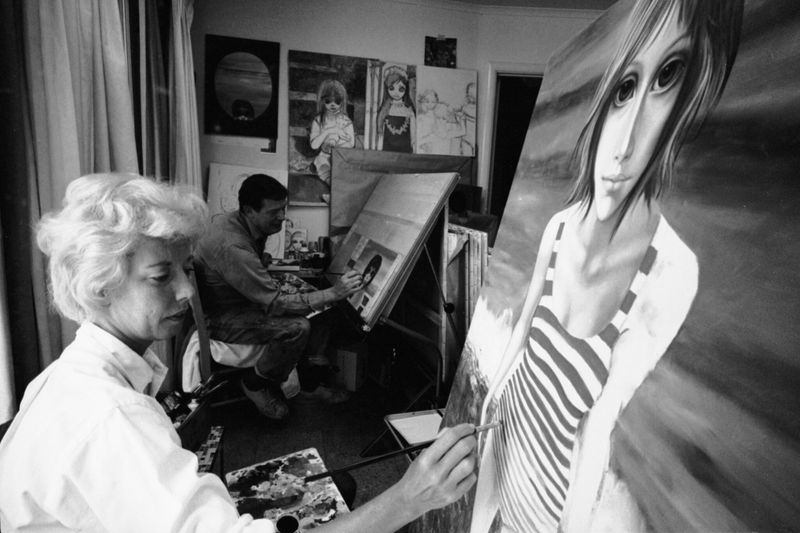
Those iconic wide-eyed waif paintings that became wildly popular in the 1960s? Margaret Keane painted them all while her husband Walter claimed them as his own. He bullied her into silence for years, becoming wealthy and famous from her talent.
The deception only ended when Margaret finally left him and challenged Walter to a public “paint-off” in court. When he refused, claiming a shoulder injury, the judge awarded her $4 million. Their story later became the Tim Burton film “Big Eyes,” finally giving Margaret the recognition she deserved.
11. Alice Guy-Blaché: Cinema’s Forgotten First Female Director
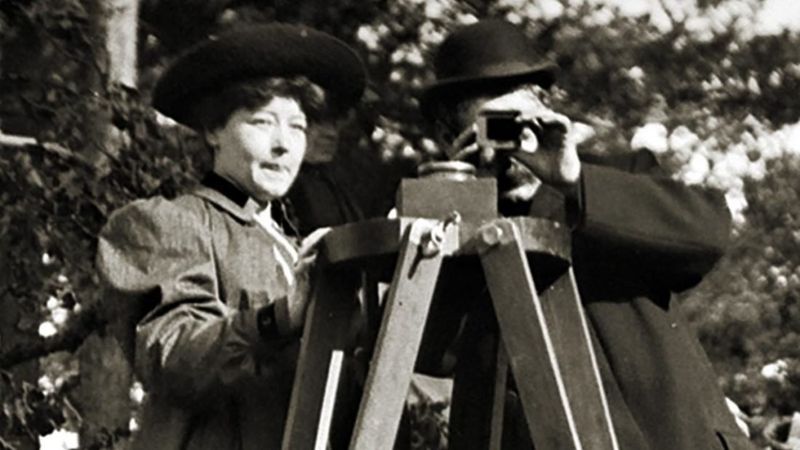
Long before Hollywood existed, Alice Guy-Blaché directed the first narrative fiction film in 1896. She pioneered techniques like close-ups, hand-tinted color, and synchronized sound, creating over 1,000 films while founding her own successful studio.
Yet film history books ignored her achievements for decades, crediting men like Georges Méliès and D.W. Griffith for innovations she developed first.
Only recently has film scholarship begun restoring her rightful place as one of cinema’s most important pioneers.
12. Elisha Gray Filed Telephone Patent Hours After Bell
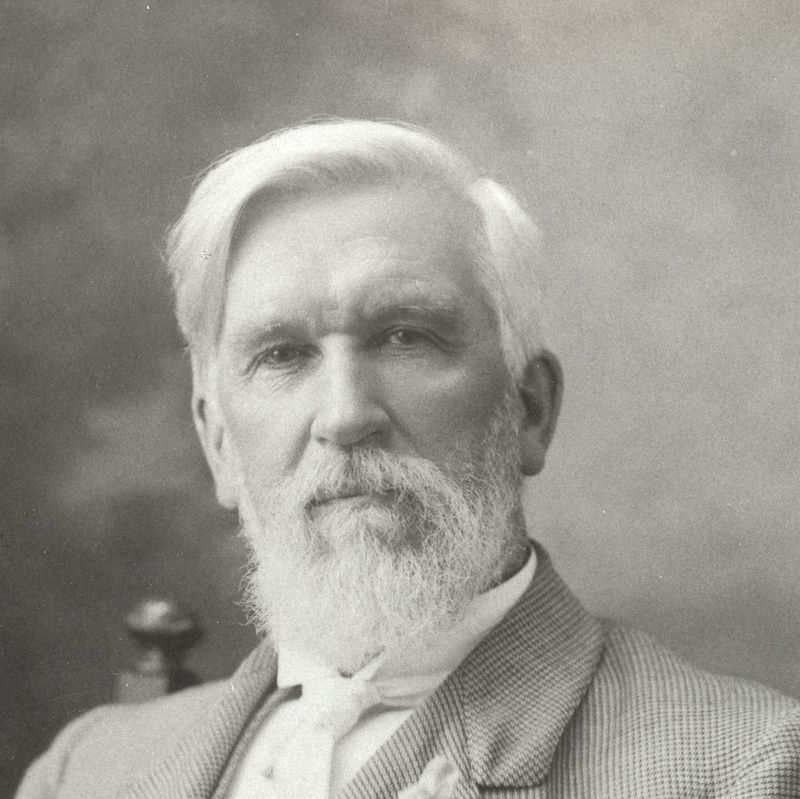
Talk about bad timing! Elisha Gray filed his telephone patent caveat just hours after Alexander Graham Bell on February 14, 1876. Gray’s liquid transmitter design actually worked better than Bell’s first telephone. Bell later adopted this approach but never acknowledged Gray’s contribution.
The Supreme Court upheld Bell’s patent by a single vote, cementing one of history’s most consequential cases of disputed credit.
13. Wallace Discovered Natural Selection Before Darwin
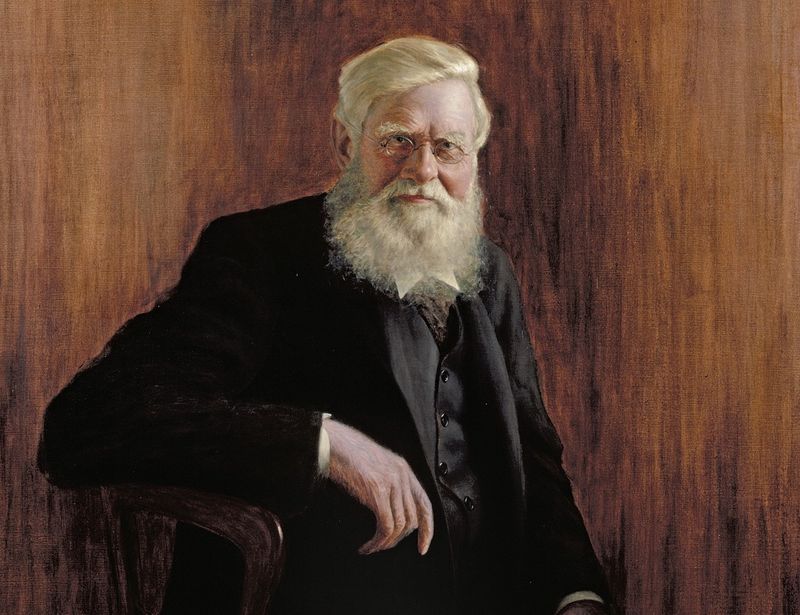
While battling malaria in Indonesia, Alfred Russel Wallace crafted a natural selection theory, sharing it with Charles Darwin.
Darwin rushed to publish, overshadowing Wallace’s paper in their 1858 joint presentation. On the Origin of Species cemented Darwin’s fame, leaving Wallace a footnote.
14. Chien-Shiung Wu: The Experiment That Won Others Nobel Glory
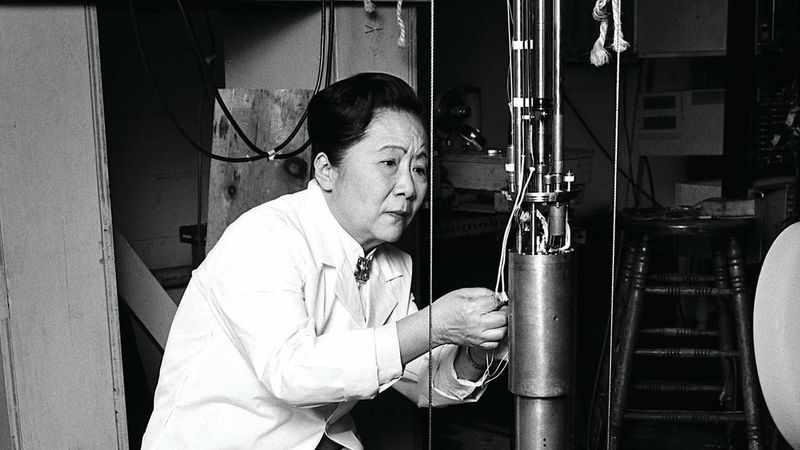
Chien-Shiung Wu’s precise experiment disproved the conservation of parity, confirming a theory by Tsung-Dao Lee and Chen-Ning Yang.
They won the 1957 Nobel, while Wu, dubbed the “First Lady of Physics,” was snubbed, sparking criticism of the Nobel committee’s decision.
15. Hedy Lamarr: Hollywood Star Invented WiFi Technology
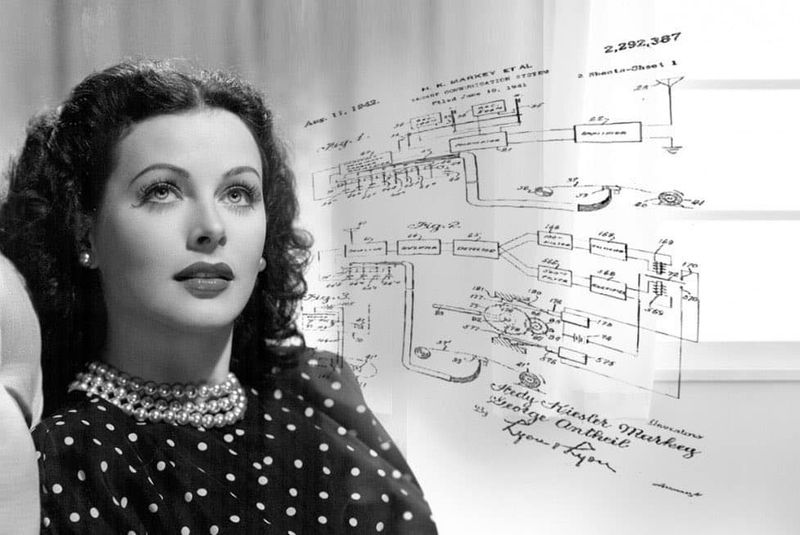
Beyond her 1940s Hollywood fame, Hedy Lamarr co-invented frequency hopping, the foundation for WiFi, Bluetooth, and GPS. The military ignored her patent, using it secretly during the Cuban Missile Crisis.
Decades later, her brilliance earned recognition, transforming how we connect.
